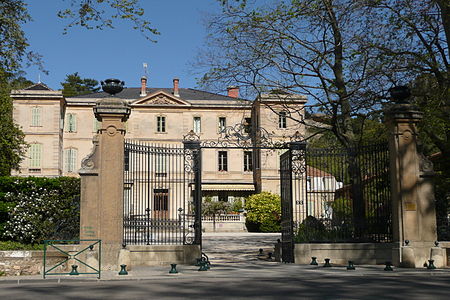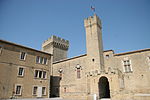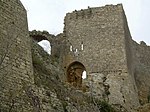Lamanon
Archaeological sites in FranceCommons category link is locally definedCommunes of Bouches-du-RhônePages with French IPA

Lamanon (French pronunciation: [lamanɔ̃]) is a commune located in the Bouches-du-Rhône department, part of the Provence-Alpes-Côte d'Azur region in southern France. Its inhabitants are called Lamanonais in French. North of the village the archaeological site of Grottes de Calès represents a cave dwelling from prehistoric to medieval times.
Excerpt from the Wikipedia article Lamanon (License: CC BY-SA 3.0, Authors, Images).Lamanon
Rue des Pins, Aix-en-Provence
Geographical coordinates (GPS) Address Nearby Places Show on map
Geographical coordinates (GPS)
| Latitude | Longitude |
|---|---|
| N 43.7028 ° | E 5.0869 ° |
Address
Rue des Pins
Rue des Pins
13113 Aix-en-Provence
Provence-Alpes-Côte d'Azur, France
Open on Google Maps









